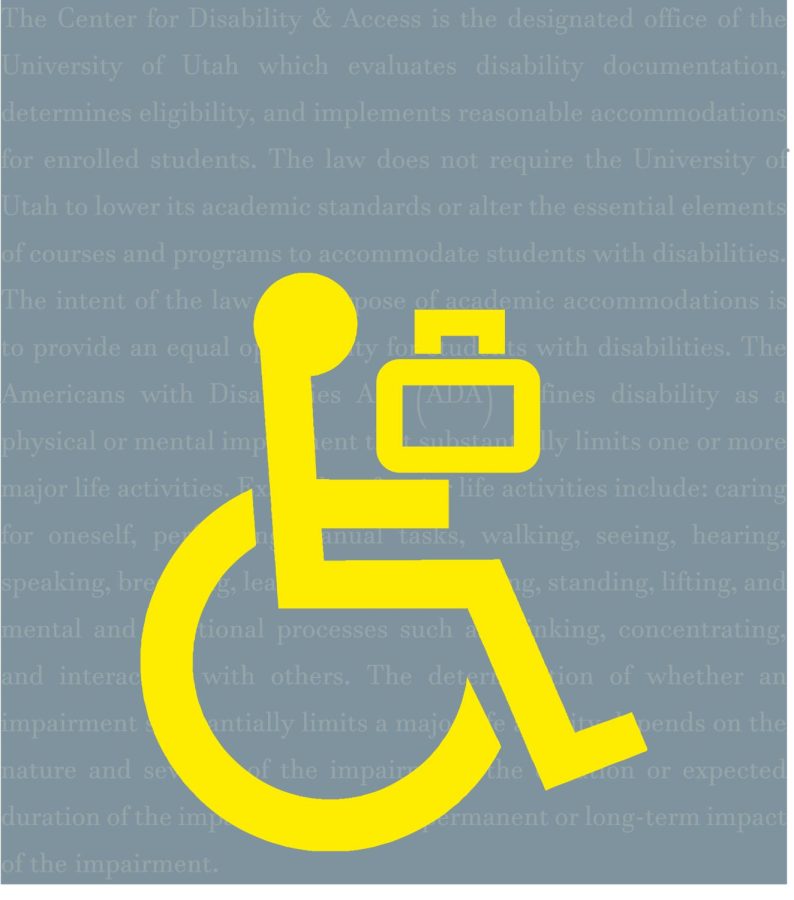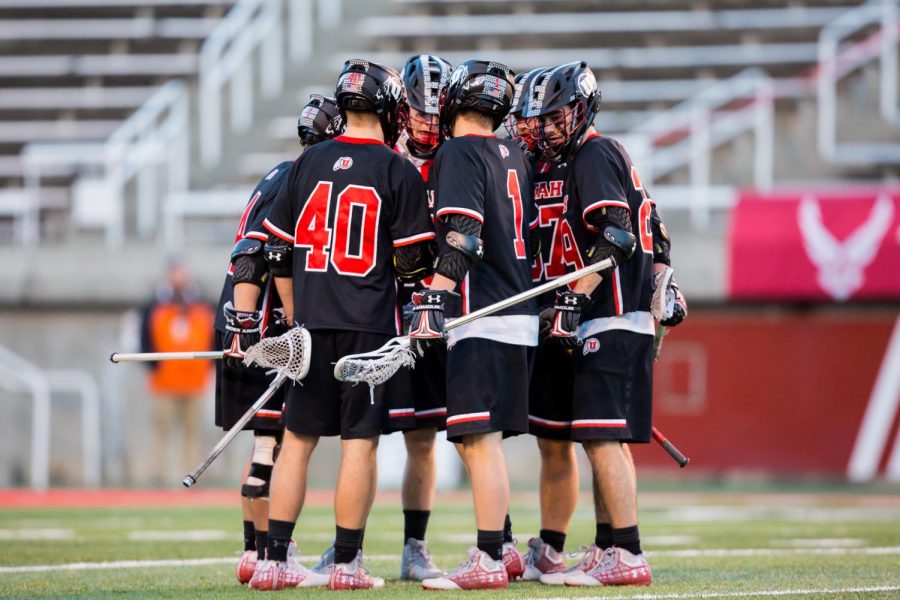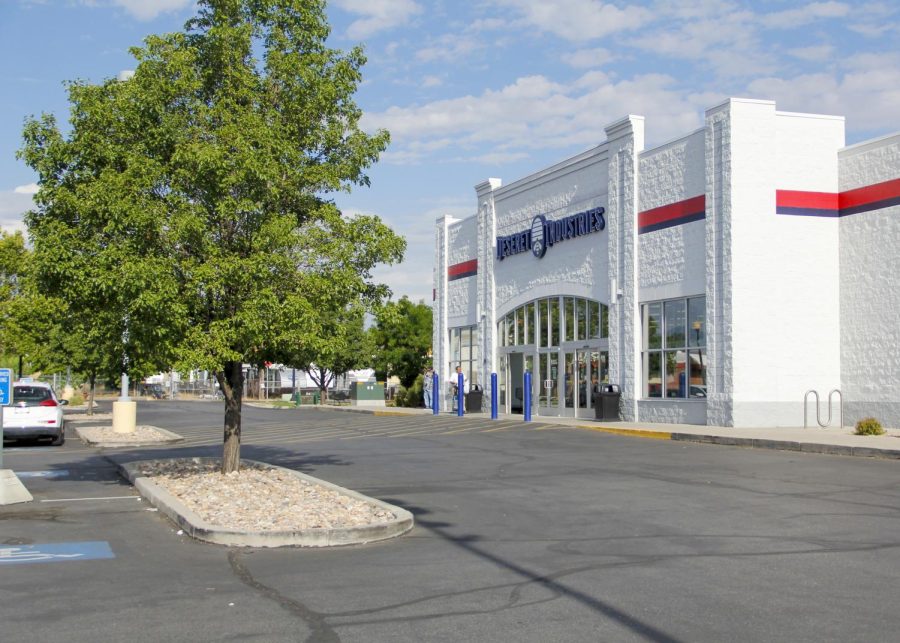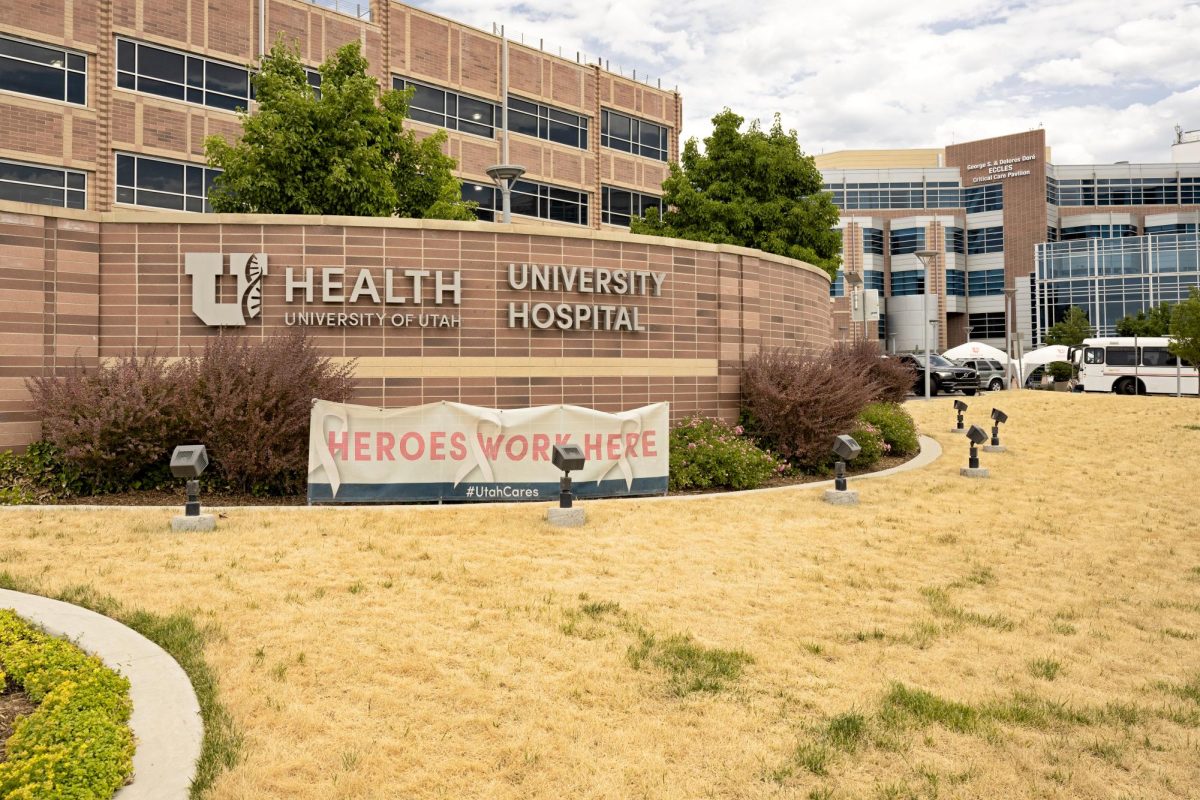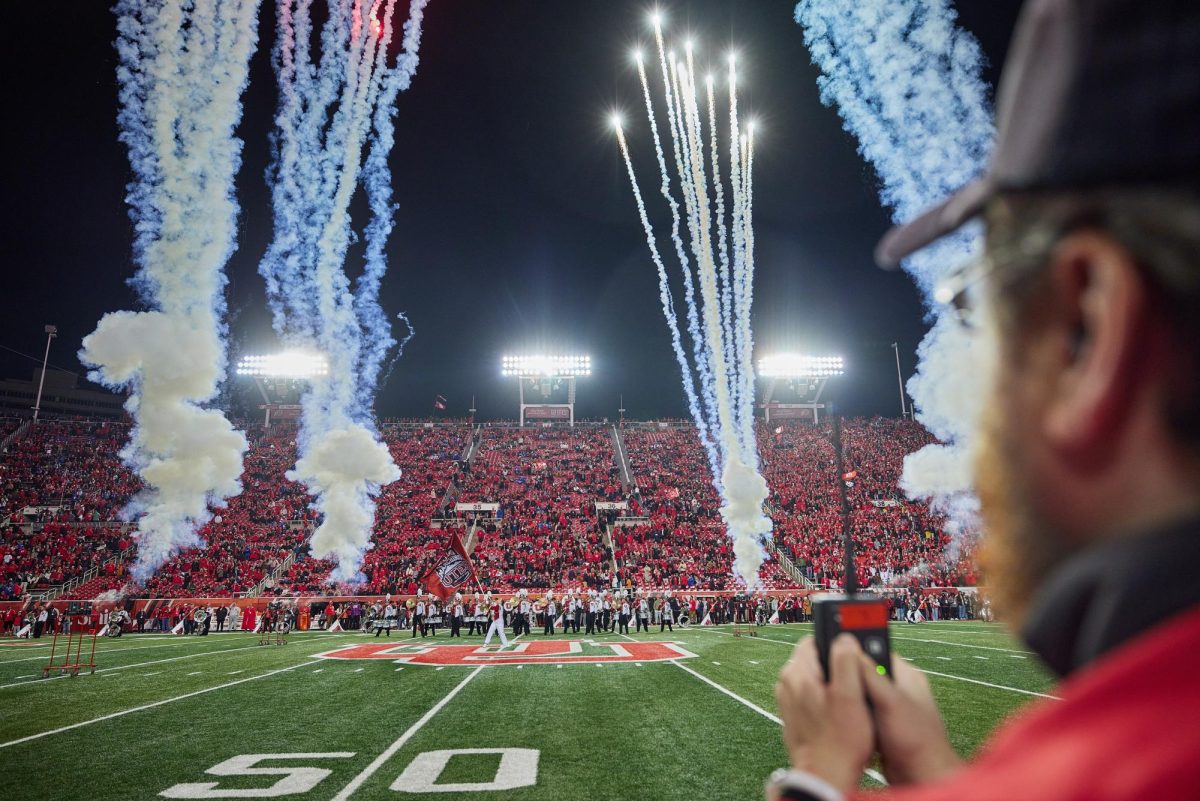Kincart: Do More for Workers With Disabilities
(Graphic by Claire Peterson | The Daily Utah Chronicle)
January 26, 2022
In 2020, 17.9% of people with disabilities were employed, compared to 61.8% of people without disabilities. People with disabilities are more likely to be employed part time or to be self-employed than those without disabilities. Unemployed people with disabilities recognize the lack of workplace accommodations, and there’s a positive correlation between workplace accommodations and employment status. Since people must work to participate and earn money in our capitalist country, we must improve workplace accessibility. Employers in Utah need to provide better support to disabled workers.
On a national level, many disparities exist between the labor experiences of disabled versus non-disabled workers. Workers with disabilities can legally be paid below minimum wage, according to the Fair Labor Standards Act. But this isn’t fair. Workers with disabilities don’t threaten company performance. They can perform at the same level as non-disabled workers. But even if they couldn’t, this act punishes people for attributes they have no control over — and that’s wrong.
President Joe Biden attempted to get Congress to eliminate the subminimum wage, but this facet didn’t make it into the final version of his bill. This large-scale systemic example extends to the local level, where many improvements to support disabled workers can be made.
In an interview with The Daily Utah Chronicle, Gavin Hutchinson, President of EnableUtah, noted that young people with disabilities specifically have trouble finding jobs because they lack experience. According to Hutchinson, employers have “misguided notions” that someone with a disability “isn’t capable of performing a job function or that it will cost too much money to provide accommodations.”
Hutchinson has found this notion to be false at EnableUtah, an Ogden-based nonprofit providing training and community employment opportunities to people with disabilities. He explained that EnableUtah has a 30 to 90-day trial period where they send employees to work with one of their community partners while being paid through EnableUtah. At the end of the period, most employers are impressed, countering their preconceived notions.
People with disabilities also face physical barriers to employment. Plenty of jobs have lifting requirements listed in the job description — and jobs offered at the U are no different. Disabled people who cannot meet this requirement don’t apply. But some jobs may not actively do all the tasks outlined in the description. For example, if lifting isn’t essential to the job, it shouldn’t be in the description. Similarly, job applications and descriptions should be more accessible. This means that they should be available in large print and braille and be compatible with screen readers.
The COVID-19 pandemic also brought about more challenges for workers with disabilities, and, given its persisting state, remote work should be prioritized. Unfortunately, there’s a limited amount of fully remote jobs available, especially for those with little experience like college students.
Universities, including the U, don’t have enough resources to help disabled students find work. The Career and Professional Development Center has a page on their website specifically for students with disabilities. This page goes over students’ rights, lists out professional networks focused on disabilities and connects students with community and campus resources.
Mary Arola, Assistant Director of Marketing for the U’s Career and Professional Development Center, explained that career coaches help students with disabilities decide on disclosing their disability. Arola said that the career center often refers students “directly to postings.” She added that it isn’t involved in the students’ experience when they actually start working. The U needs resources to support workers with disabilities throughout their job instead of only in securing one.
The Center for Disability and Access also provides help for students with disabilities, addressing campus workers’ concerns about accessible travel paths and furniture.
Although students with disabilities can turn to these resources, the U must be proactive in creating an accessible working environment. University jobs will be truly inclusive and accessible when people with disabilities don’t have to go out of their way to get support.
Right now, we are leaving workers with disabilities behind and it is imperative that companies and legislature support them. But, as a community, we need to change how we understand the value of a person’s labor. Somebody’s ability to contribute to the labor force shouldn’t determine their worth. It will take time to implement changes to create a better, fully accessible workforce. The blame is on us when it comes to inaccessible work — not on those with a disability.


